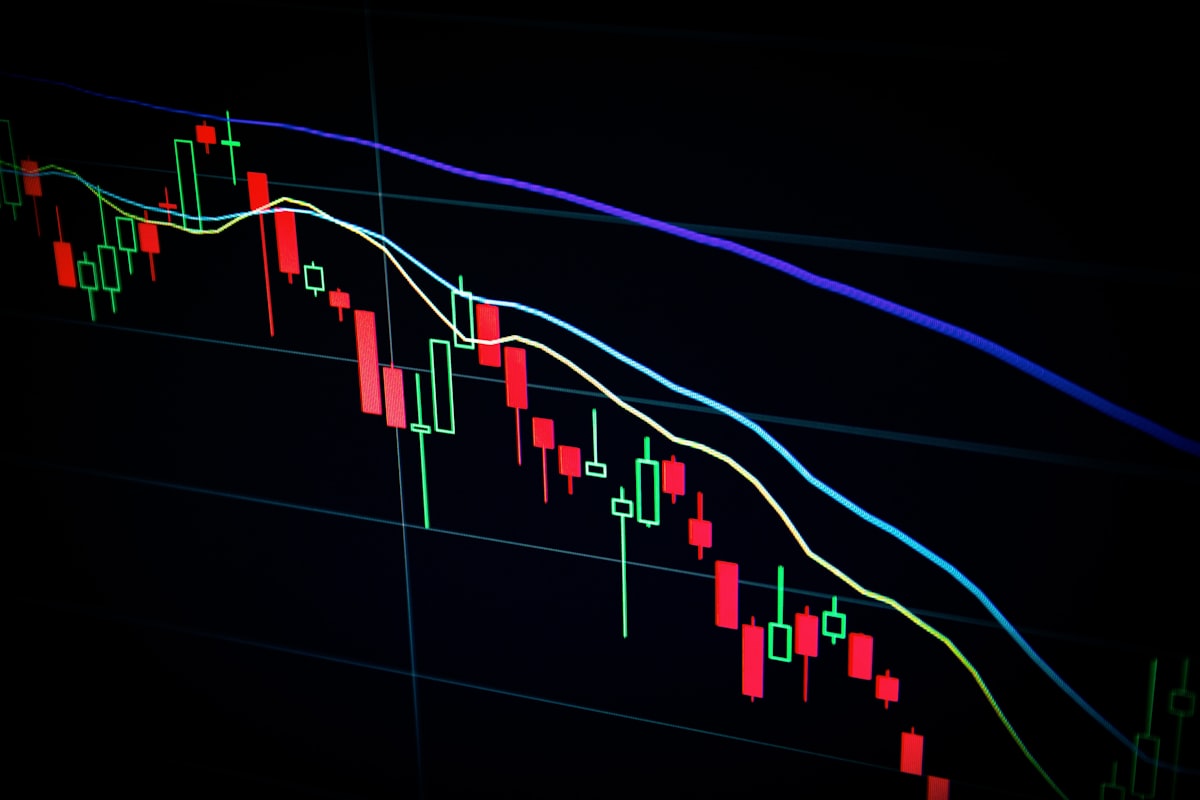Joe Ross on Indicators

If you are going to use indicators, then you had better known when they are telling you the truth and when they are not, as well as how or when to use them.
It is only fair that I elaborate on this subject. I do so for those of you who insist on using indicators.
I have consistently written that if you are going to use an indicator, learn to understand what that indicator is telling you, as well as when you can believe it, and what it can or cannot do for you.
Let’s get one thing straight.
I have no objection to the use of indicators as special purpose tools once you understand how the market works.
From having taught hundreds, maybe thousands of students, I have come to the conclusion that perhaps one trader in a thousand actually knows and understands what is going on in the market.
This includes professional traders with 10, 20, and 30 years of experience.
I have been amazed at the number of professional floor traders who have come to me with 20 or more years of experience and who while making a good living in the markets, had no idea of how it really works.
They have learned some winning ways, and have had the diligence and persistence to stick with those ways and it works for them.
I can tell you one thing for certain, not one of them has used an indicator. In fact, the world of indicators is practically unknown to them.
They have made their money by learning how to get an edge and exploit that edge. They are opportunistic traders.
However, what they do is of little use to the rest of us who have traded from a screen.
The insiders own the market.
Their success at trading is a natural consequence of the fact that they have a built-in edge once they learn what it is and how to use it.
The truth about how markets actually function is something that can be learned, something I’ve been teaching for years.
In deference to those who have paid good money for that information, I cannot reveal that information in detail by posting it publicly.
However, once you learn how to truly view the price action, it will forever change the way you see the markets.
Therefore, I will try to give you an overview so you can figure things out for yourself.
It is when you fully understand how markets work, it is then, and only then that you will understand how you might use an indicator to assist you in trading what you see.
With all of that said, let’s begin to look at indicators.
What are the best uses of an indicator?
- To confirm what you see
- To reveal something you cannot see
- To confirm the end of a trend
- To confirm a trend
In addition, please understand this: Any type of oscillating indicator is going to look as if it is working whenever a market is moving generally sideways.
When a market begins to trend you can throw away all oscillating indicators—they are virtually worthless in a trend. They will not adequately tell you the truth.
Conversely, a moving average works in a trend but fails miserably in a sideways market.
Why is this? Virtually all of the oscillating indicators available in the public domain are based on some form of detrending a moving average.
It makes no difference how the moving average is computed.
It can be simple, geometric, logarithmic, exponential, or weighted in some way.
It can be based on one or more moving averages computed in entirely different ways.
It doesn’t matter.
The vital point to understand is that to create the oscillating indicator, you must remove the trend.
How can anyone expect a detrended moving average to tell them the truth about price action in a trend when the trend has been taken out of the moving average in order to create the oscillating indicator?
Am I getting through to you?
Now let’s look at the other side of this situation.
The moving average regardless of how it is computed is the correct tool to use for confirmation of a trend.
A moving average will trend when prices trend. But it will destroy you if you try to use it in a sideways market.
Why? Because there is no trend in a sideways market.
That’s why it is called "sideways." That is why it is called "congestion," "consolidation," and "trading range."
When thinking about using oscillators please notice a few things of interest.
- What if you are using Stochastics and arbitrarily set the indicator at 7,5,3? Had you set it at another value, you could have obtained a completely different result. Who is to say what is the correct setting for an indicator? Is the moving average to be set to the cycle for the underlying? How about setting it at the half-cycle? But why? Why not something else? Why not set it by curve fitting a moving average to that last known trend for this underlying? Do you see where I’m going with this? There is no sure way to decide on the settings for an oscillator. The setting you used last time may be totally inadequate for the market as it is proceeding this time.
- Some people think that "divergence" presents a good use for an indicator. Great, but how accurate is divergence? All too often when
an indicator shows what some believe to be divergence, prices continue to move the way they have been moving. This brings up the question of when can you believe the indicator and when can’t you believe the indicator. - How often have you seen an indicator flash an "oversold" condition, and then watched prices continue moving down? Did the fact that the indicator flashed oversold prevent prices from continuing their relentless downtrend? Often not so! Prices can keep coming on down, with only a couple of minor corrections.
The point of all this is not to knock indicators, but rather to show you that if you are going to use them, you must know how and why they do what they do, and also be able to tell when they are indicating what is true and when what they indicate is false.
Taking into consideration what was said previously, we can readily see that an oscillating indicator will work fairly well when prices are consolidating. The longer the period of consolidation the better.
Stochastics as well as most oscillators are momentum indicators and they reveal changes in the direction of momentum.
However, they are far from perfect in filtering out which trades are worth the risk of taking and which are not. Something else is required.
Many traders are tempted to use another indicator, but most of the indicators available, at least in the public domain, are themselves momentum indicators. ‘Momentum,’ RSI, DEMA, MACD, MACDH, %R, ADX, etc.
Using a momentum indicator to confirm another momentum doesn’t make much sense. Yet it is amazing how many traders believe that to be a valid way to trade.
What is needed is something faster than an oscillating indicator. That really leaves only one choice—the chart itself.
Nothing is faster at showing price movement than a simple open, high, low, close bar chart.




Comments ()